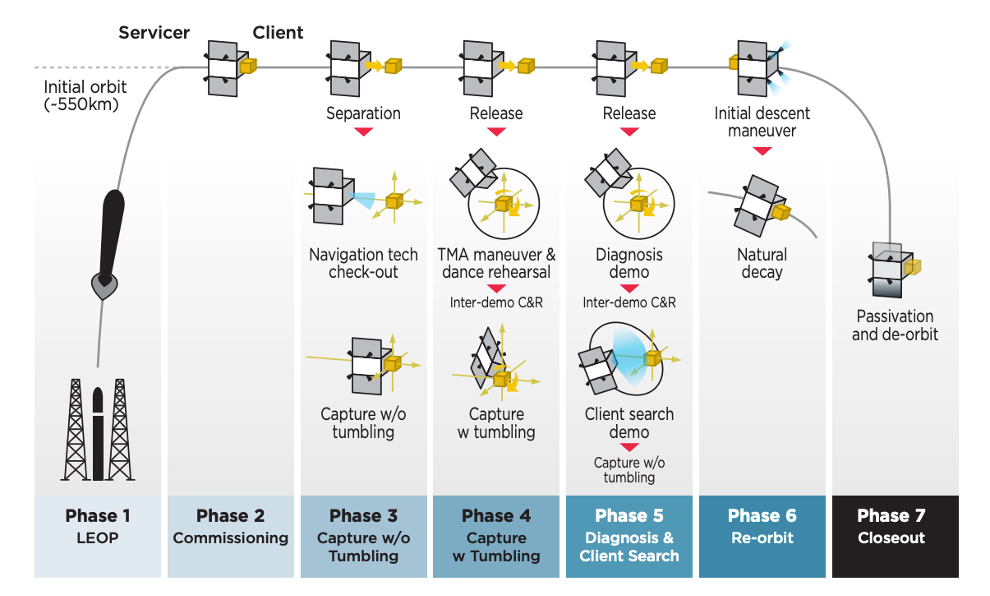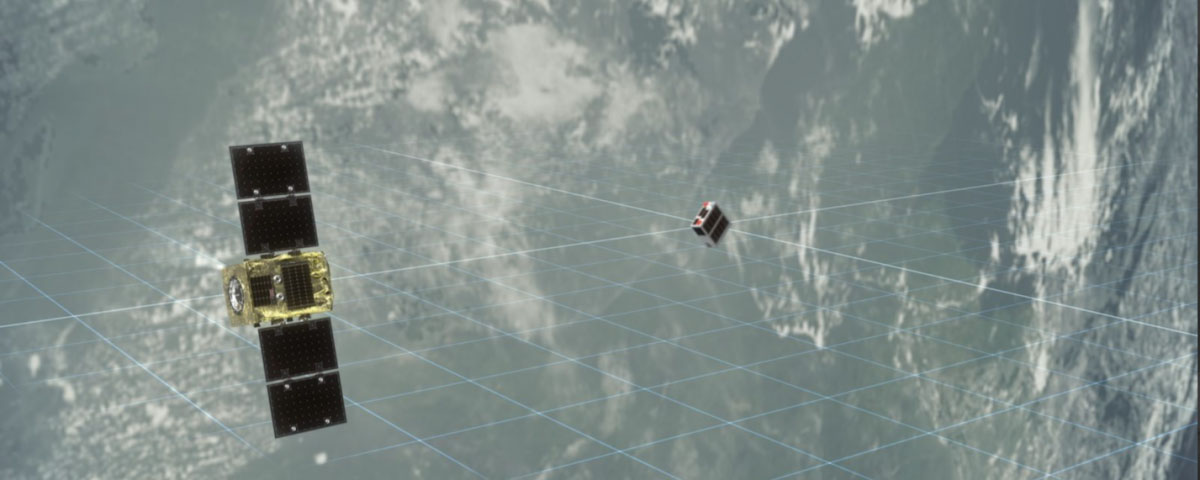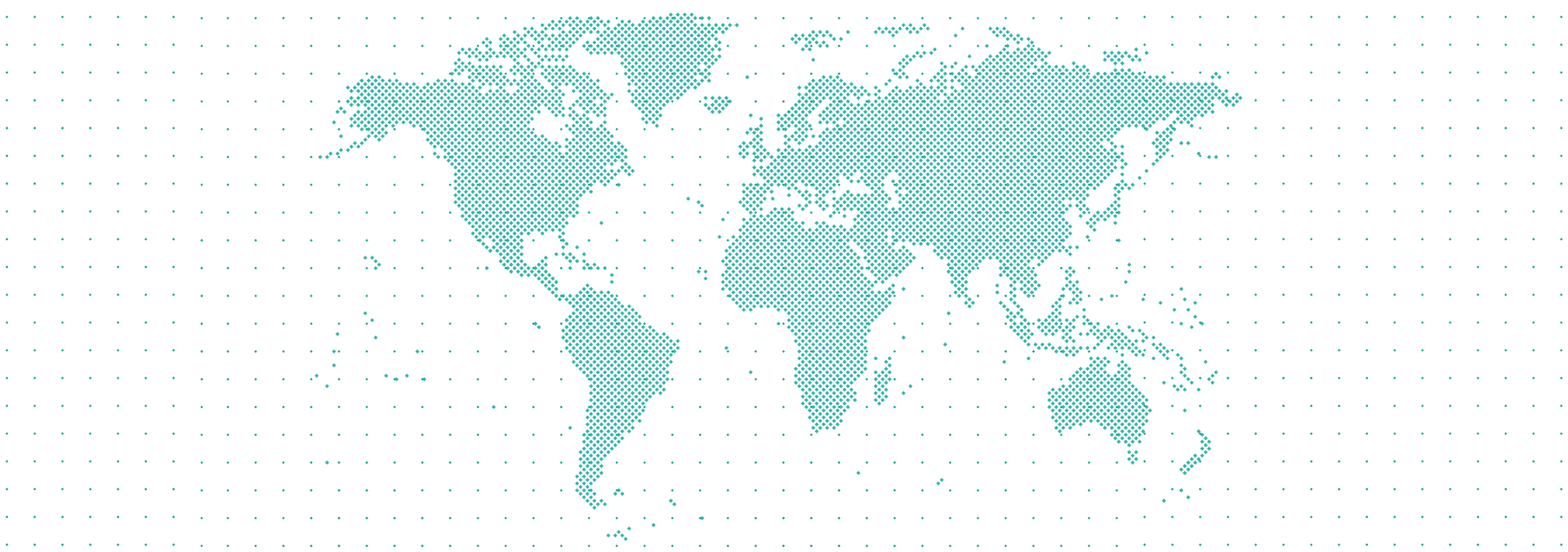The world’s first space debris removal spacecraft, Astroscale’s ELSA-d satellite, was successfully launched from Kazakhstan today. ELSA-d will demonstrate technology for cleaning up space debris in low orbit around the Earth. Swedish Space Corporation (SSC) supports the full mission during all the critical phases: Launch and Early Orbi Phase (LEOP) and Commissioning upon launch, as well as critical Telemetry, Tracking and Command (TT&C) during the maneuvering and rendezvous phases. Four SSC ground stations were supporting this LEOP and two additional SSC ground stations will be used during the maneuvering and rendezvous phases.
“Two space pioneers join forces to support this innovative space logistics mission. The ELSA-d mission breaks new ground in ensuring a sustainable future of space activities. Space debris removal will be crucial for a sustainable utilization of our near-earth space in the future. It’s a prerequisite for humanity to benefit from the opportunities that come from space operations”, says Linda Lyckman, SSC Head of Business & Technology Innovation.
The Space Surveillance Network regularly tracks around 28,200 debris objects currently orbiting the Earth, but the number could be as high as 128 million according to other models. It’s expected this number will continue to increase as more constellations are launched every year into space. ELSA-d is the first commercial mission to demonstrate the core end-to-end technologies necessary for debris docking and de-orbiting space garbage. This demonstration is part of Astroscale’s ELSA program (End-of-Life Service by Astroscale) aiming at offering spacecraft retrieval services for satellite operators within a few years.
After a four-day long LEO phase ELSA-d will reach commissioning phase, followed by a two-month in-orbit phase before the space debris cleanup demonstration begins in June.
The ELSA-d mission features a servicer satellite developed to safely remove debris objects from orbit, as well as a client satellite replica with the sole purpose of being collected and removed from orbit. When the servicer satellite has captured its counterpart, it adjusts its trajectory towards the Earth and burns up upon atmospheric re-entry.

Graphic courtesy of Astroscale
“This ELSA-d demonstration mission will establish Astroscale as a global leader in the In-orbit servicing market. The mission will demonstrate innovative technology and capability for delivering a full-service commercial debris removal service in the future. Looking ahead, SSC’s global ground station network could help us to support multi-client debris removal mission, where we might go into space to remove several defunct satellites in one mission. To pioneer in the in-orbit servicing sector we need reliable partners for connectivity. Over the last 18months we’ve learnt a lot on both sides preparing for the ELSA-d mission, and found SSC both responsive and flexible”, says Alexandra Graveraux, Ground Segment Engineer at Astroscale.
“We are so excited and proud to part of this historic and pioneering space debris mission. After a successful first day of LEOP support, we are now looking forward to the commissioning phase and TT&C support for the coming maneuvering and rendezvous phases. ELSA-d is the perfect mission for showing the strength and flexibility of SSC’s global and diverse ground network capabilities. I really want to thank the system-, network- and software engineers at both SSC and Astroscale, who have been working really hard and with high motivation to get ready for launch”, says Frida Eriksson, Project Manager Mission Solutions at SSC.
Learn more from Astroscale’s ELSA-d concept video or at https://astroscale.com/elsa-d/.
More about SSC’s Satellite Management Services:
https://www.sscspace.com/services/satellite-ground-network-services/


